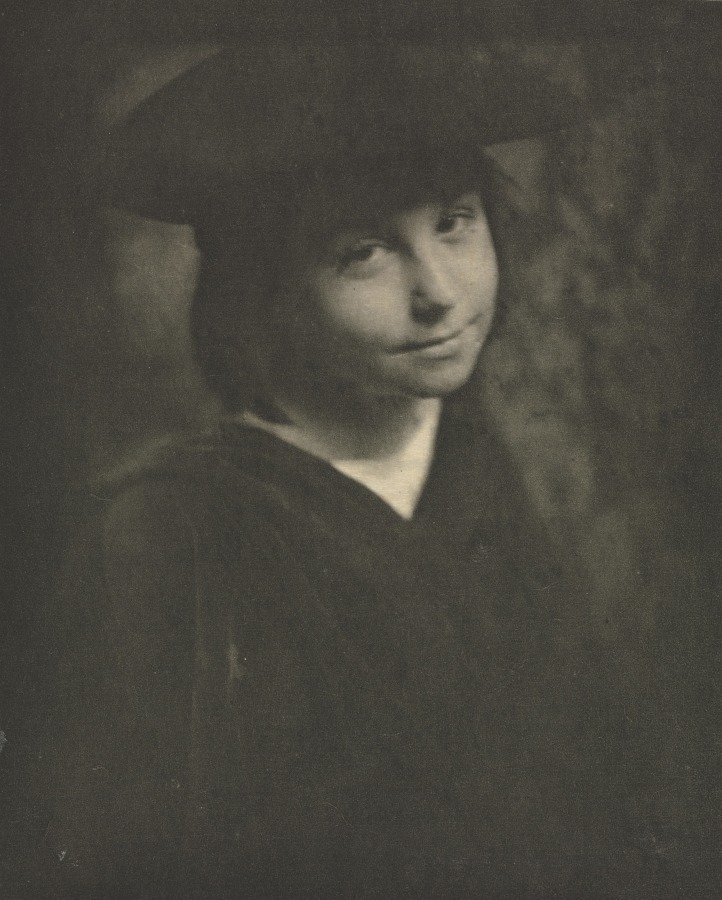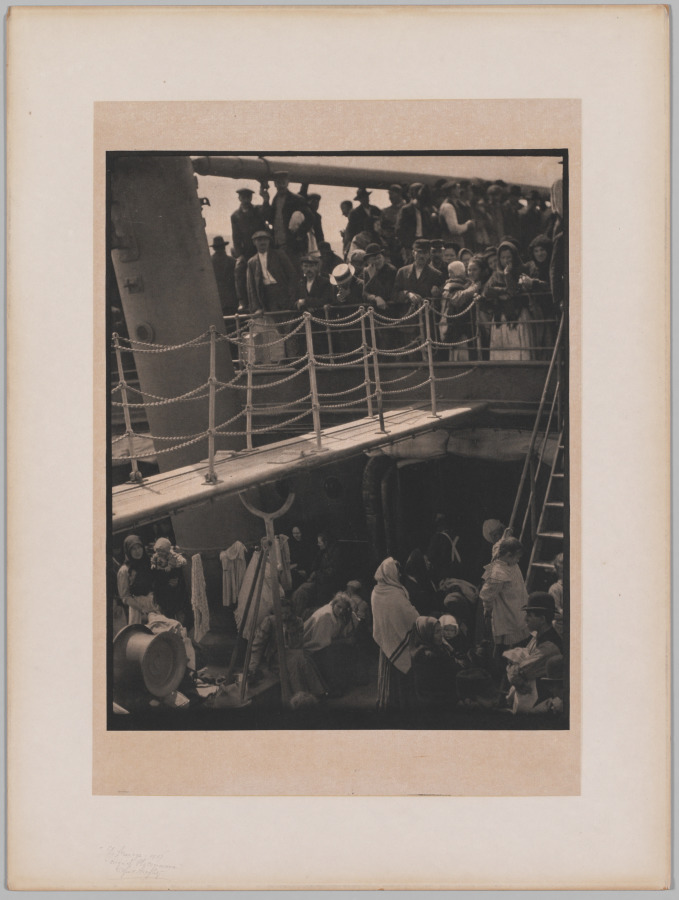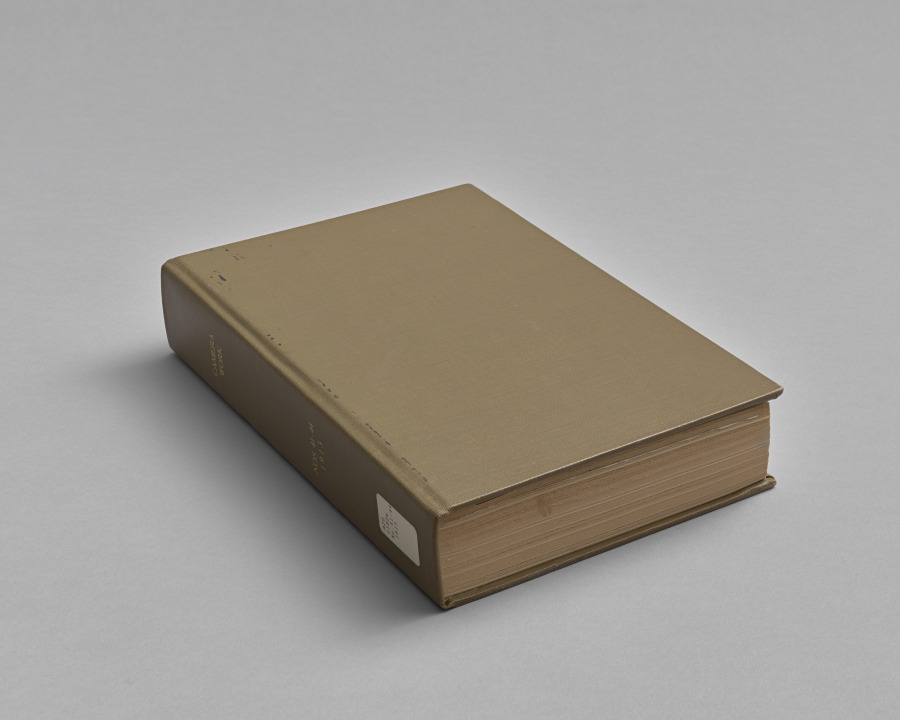Photographer, writer, publisher, gallery owner, leader of the Photo-Secession, and mentor to numerous other photographers, Alfred Stieglitz was a pivotal force during the late 19th and 20th centuries in promoting photography in America and gaining its acceptance as an art form. He also pioneered in bringing modern art to this country through the avant-garde European and American work presented in the pages of his well-known journal, Camera Work, and at his gallery, "291." Stieglitz (born in Hoboken, New Jersey) first became interested in photography in the early 1880s while studying mechanical engineering in Germany at the polytechnic institute in Charlottenburg (now a suburb of Berlin). Following a class with the great photochemist Hermann Wilhelm Vogel, Stieglitz turned his attention to photography and soon began writing technical articles on the subject for European journals. In 1887 he won a prize for a photograph submitted to the Holiday Work Competition sponsored by Amateur Photographer magazine. When he returned to the United States three years later, Stieglitz became a partner in the Photochrome Engraving Company; running a business did not interest him, however, and his association with the company lasted only five years. In addition to pursuing his own photographic work and writing articles on pictorial photography for various American journals during the 1890s, Stieglitz became editor of the American Amateur Photographer in 1893. Four years later he took on the editorship of Camera Notes, the journal of the newly formed Camera Club of New York. In 1902 Stieglitz organized the first Photo-Secession exhibition at the National Arts Club in New York, launching an organization that was to play a major role in the fight for recognition of photography as an art form. At the end of the year he began publishing Camera Work, the journal of the Photo-Secession, which soon became one of the premier photographic publications of the day (the first issue, dated January 1903, was published in December 1902). In 1905, with the assistance of painter and photographer Edward Steichen, Stieglitz opened the Little Galleries of the Photo-Secession at 291 Fifth Avenue. The gallery, which soon became known as "291," provided Stieglitz with a center from which to promote art photography and exhibit the work of its finest practitioners. In addition to presenting work by the most advanced American and European pictorial photographers, Stieglitz began showing the work of modern European artists, including Henri Matisse, Pablo Picasso, and Paul Cézanne. He also organized numerous exhibitions of art photography for museums and expositions in this country and in Europe, including the famous 1910 International Exhibition of Pictorial Photography at the Albright Art Gallery, Buffalo. After closing "291" in 1917, Stieglitz focused on his own work, beginning a series of portraits of artist Georgia O'Keeffe (whom he married in 1924) and a series of cloud pictures called Equivalents, which he exhibited in the 1920s at the Anderson Gallery in New York. During these years he also produced a group of photographs of New York City skyscrapers, as well as images of Lake George, New York. Stieglitz continued to photograph into the 1930s. He also ran two galleries from the mid-1920s until his death: the Intimate Gallery (1925-29) and An American Place (1929-46). Both galleries presented the work of a small group of American modernists, including O'Keeffe, Charles Demuth, Arthur Dove, Marsden Hartley, John Marin, and Paul Strand, as well as Stieglitz's photographs. M.M.



